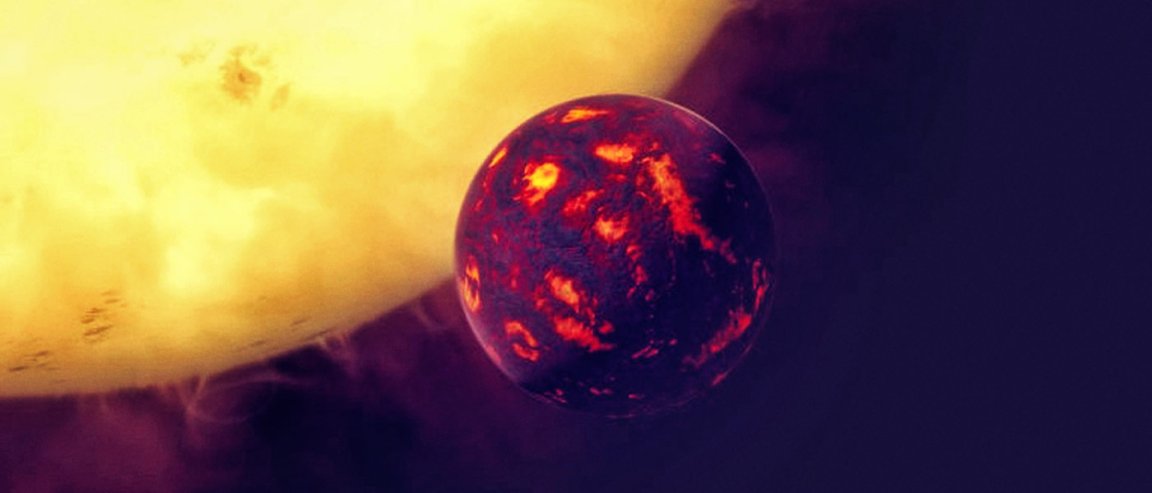
How Super-Earths Form
Super-Earths, rocky planets that are ten times the size of the Earth, are very common throughout the Milky Way. As a result, it seems odd that our Solar System doesn’t have any, and a number of scientists and trying to figure out why.
Recently, University of Nevada astrophysicist Rebecca Martin and her team ran a computer simulation that looked at how super-Earths form. They found that they either form very far out from the host stars or very close to the center of the solar system.
And it seems like, in our solar system, such planets may have formed rather close to the center. This may explain why the space between Mercury’s orbit and the Sun is bare.
In their research draft, Martin speculates that “super–Earths could have formed in the inner parts of our solar system and cleared the material in the region inside of Mercury’s orbit.” And then the planets fell into the Sun, leaving behind a clear, ‘dead zone’ that is empty of material.
So. Cannibal or Not?

Martin adds that there are other possibilities, and that it remains to be see whether the Sun really did cannibalize its children: “While it is definitely possible to meet all of these requirements, we don’t expect them to occur in all systems, which may explain why the solar system is somewhat special in its lack of super–Earths.”
At the moment, there is no way to prove or disprove the hypothesis. However, the newly proposed idea is compelling. “The only (physical) evidence that super-Earths could have formed in our Solar System is the lack of anything in that region, not even a rock,” Martin says.
So it does seem rather plausible that they formed there, sweeping up all of the solid material and then later falling into the Sun. Future research will, hopefully, clarify the reality of the situation.